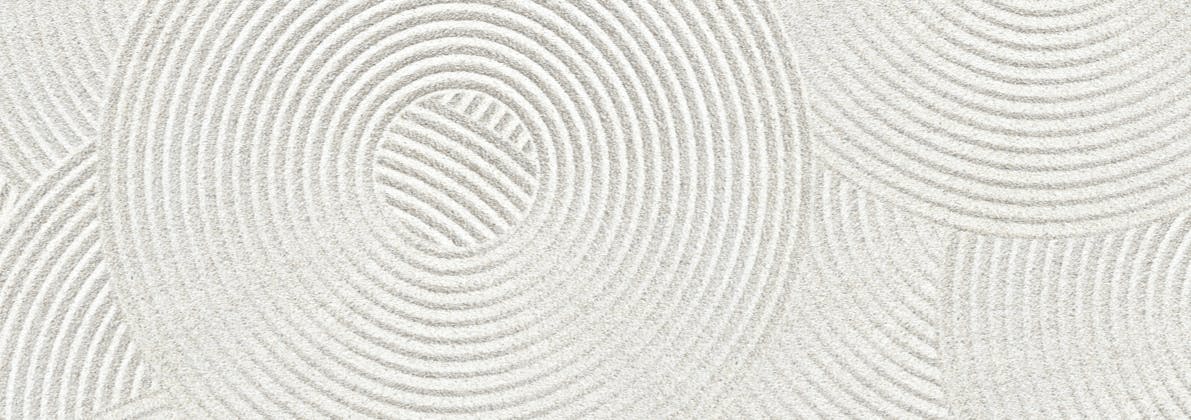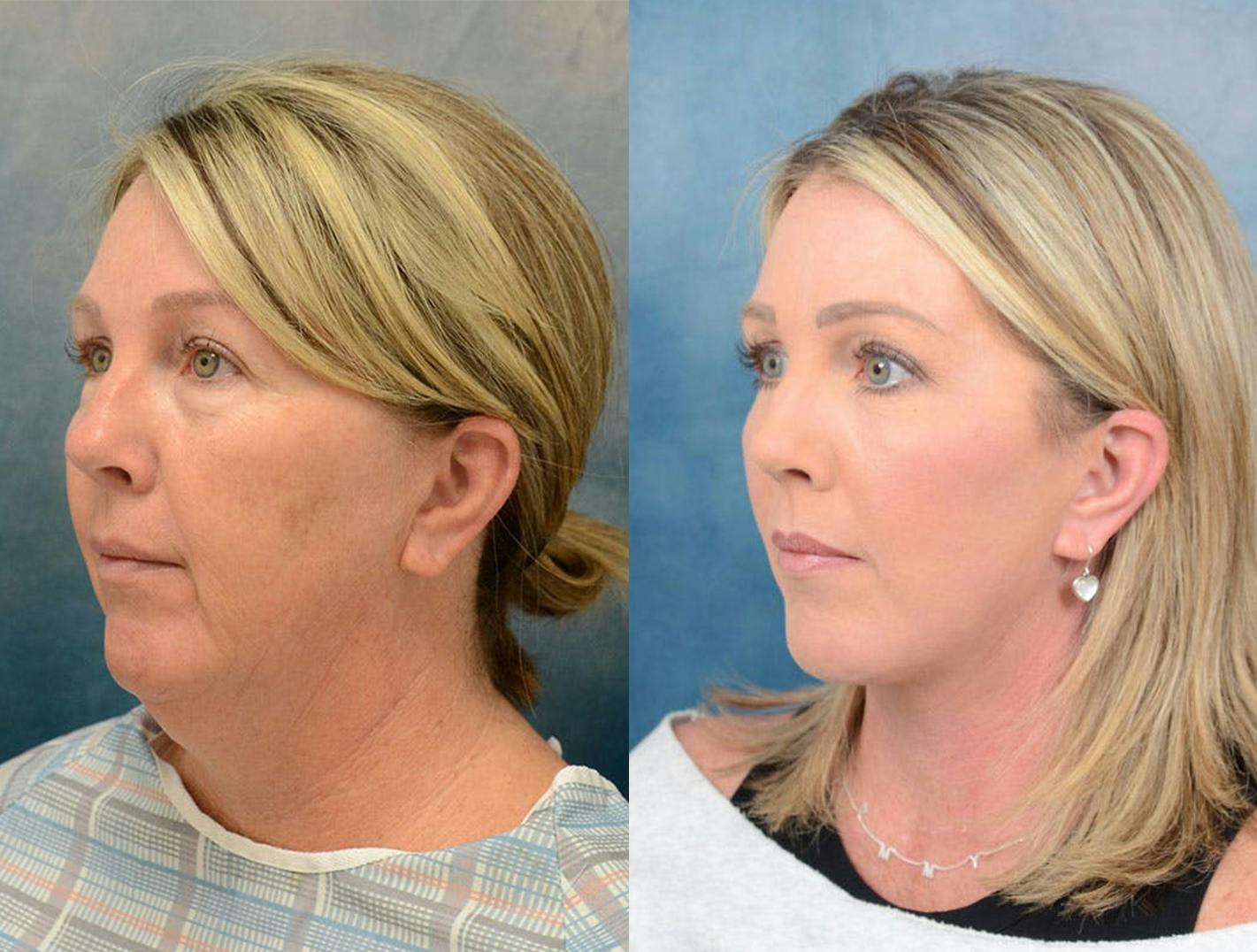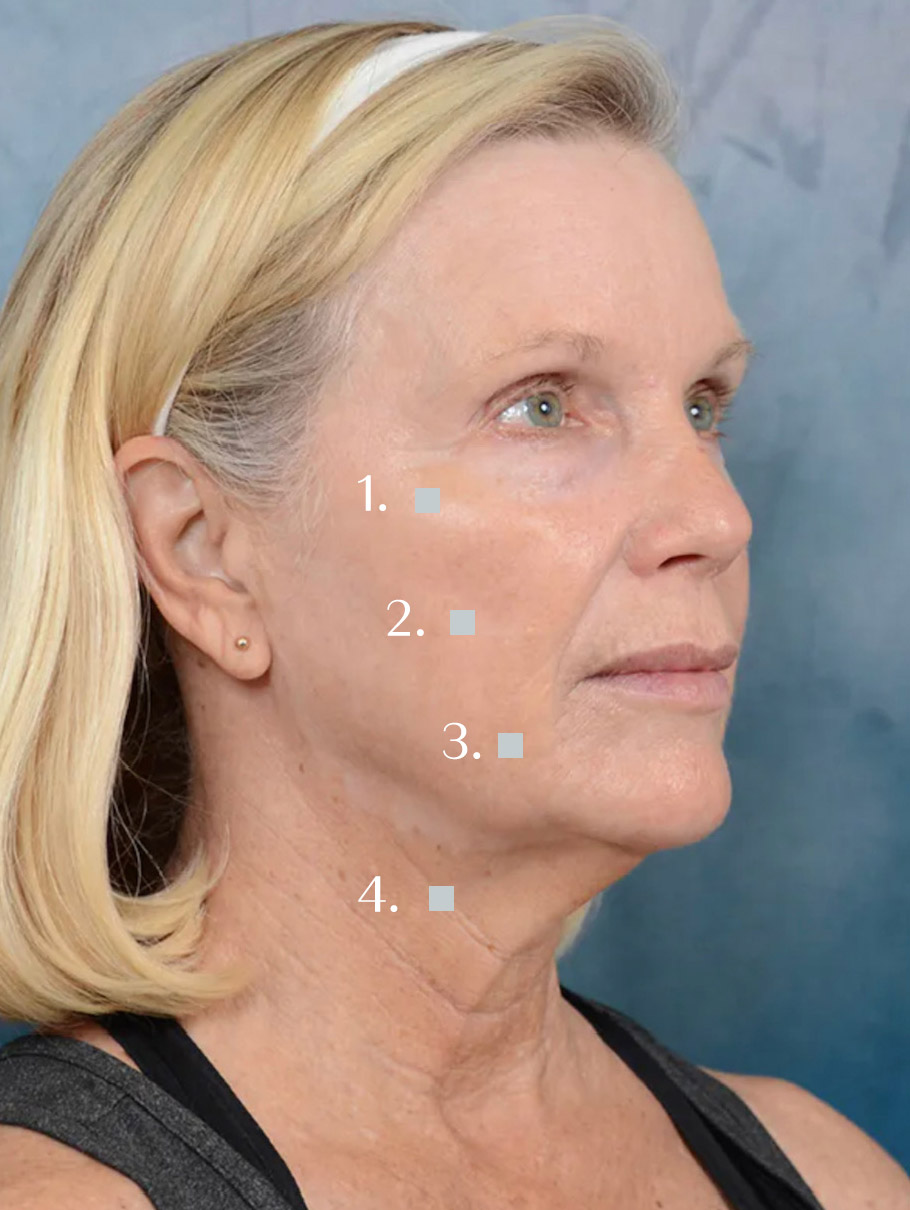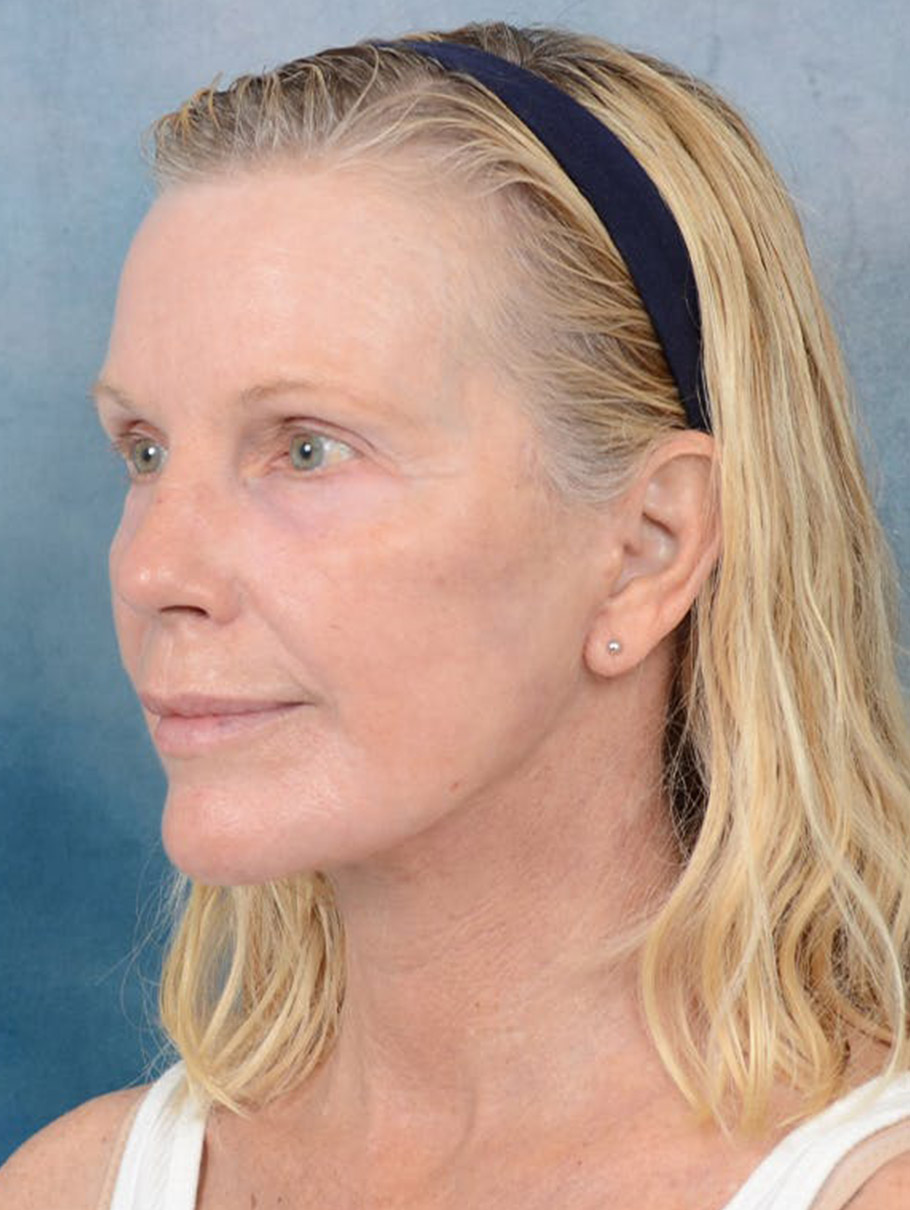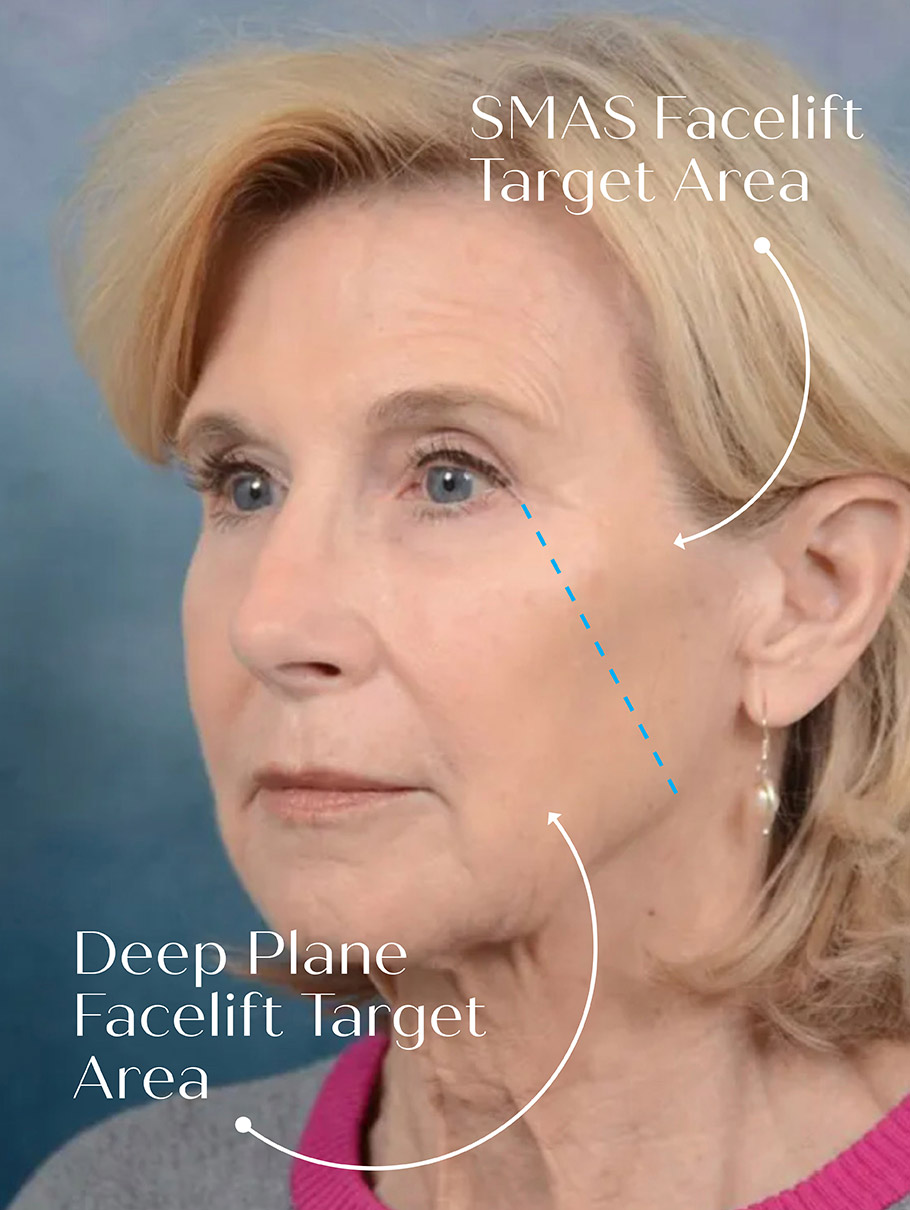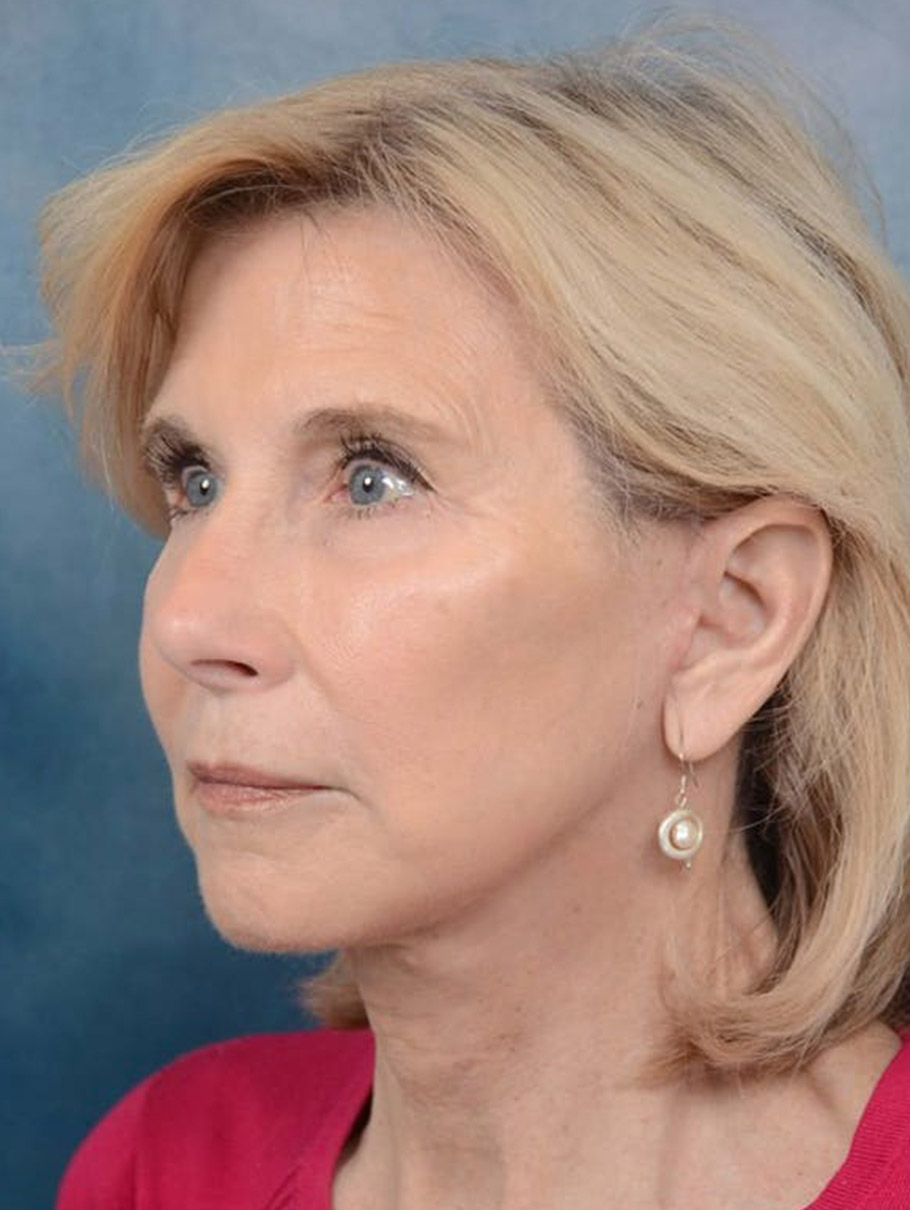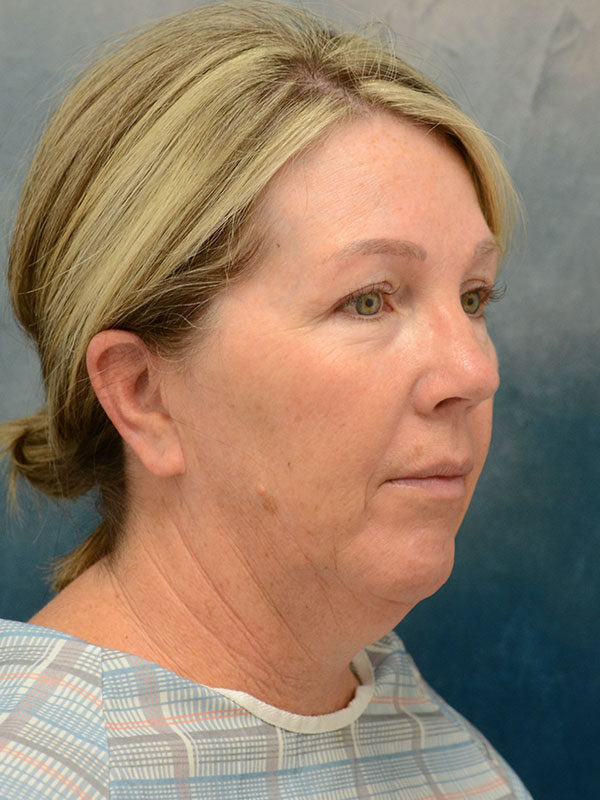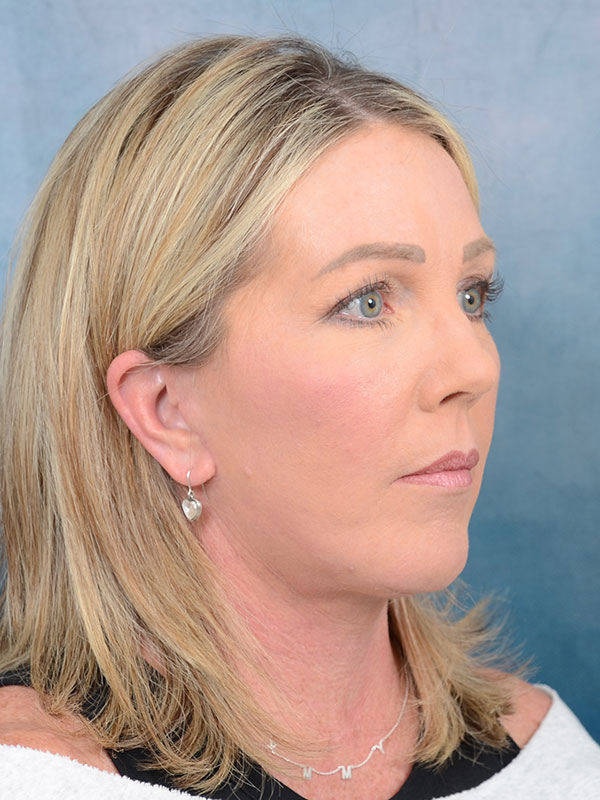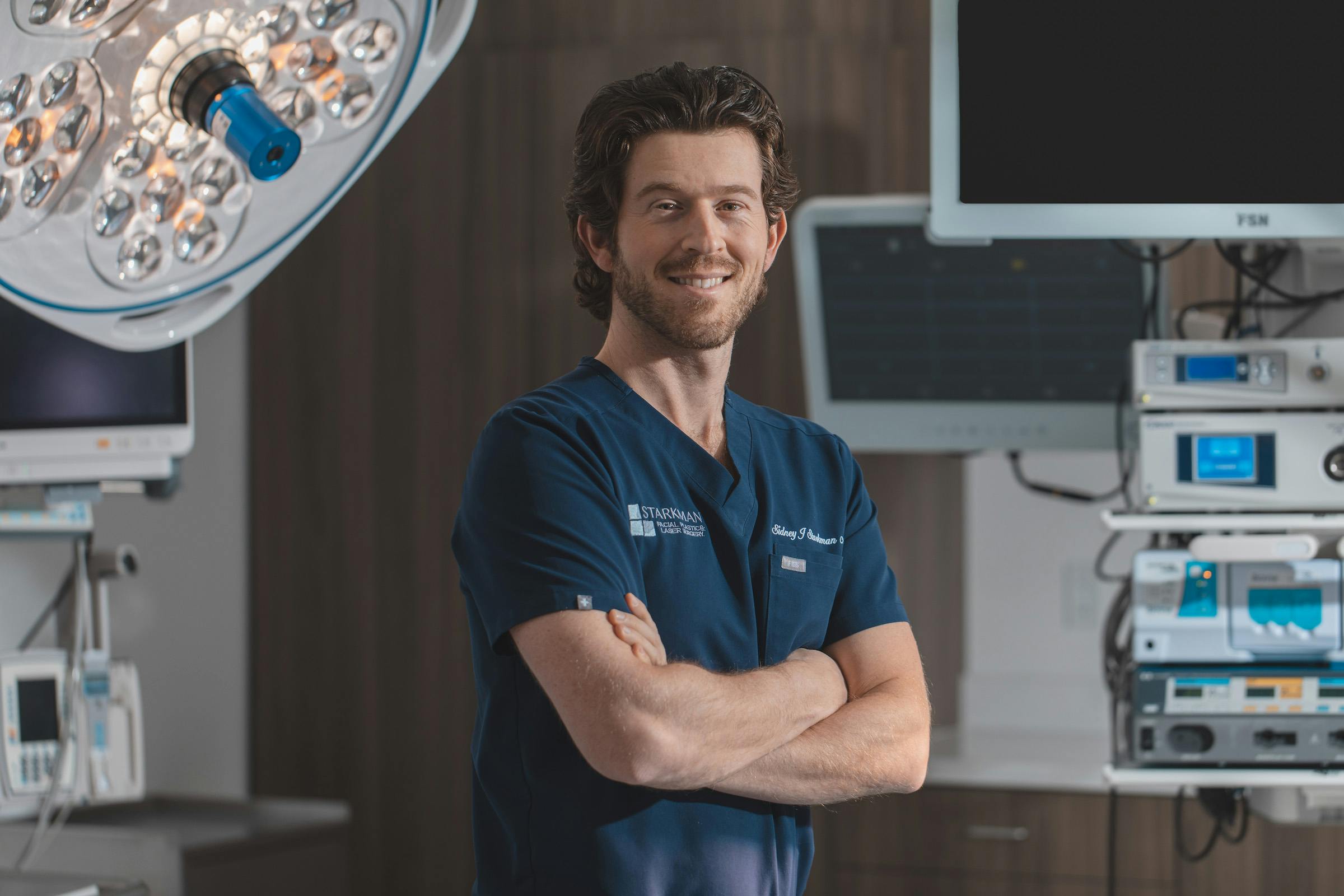What areas of the face can be addressed with a deep plane facelift?
A deep plane facelift primarily targets the lower face and neck, including the jawline, cheeks, jowls, and neck. It can also improve the appearance of the nasolabial folds (smile lines) and marionette lines (lines that run from the corners of the mouth to the chin).
How long do the results of a deep plane facelift last?
The results of a deep plane facelift are long-lasting, with many patients enjoying a rejuvenated appearance for 7-10 years or more. However, the aging process will continue, so some degree of natural aging may occur over time.
Are there any risks or complications associated with a deep plane facelift?
Like any surgical procedure, a deep plane facelift carries some risks, including infection, bleeding, scarring, nerve injury, and asymmetry. However, these risks can be minimized by choosing a board-certified plastic surgeon with extensive experience in facelift surgery and following all pre and post-operative instructions carefully.
Can additional procedures be combined with a deep plane facelift?
Yes, additional procedures such as eyelid surgery (blepharoplasty), brow lift, or facial fat grafting can be performed in conjunction with a deep plane facelift to achieve more comprehensive facial rejuvenation and address multiple concerns simultaneously.

